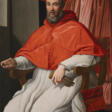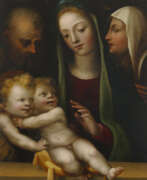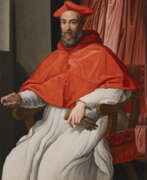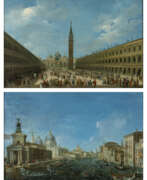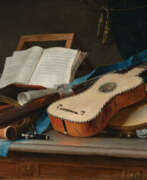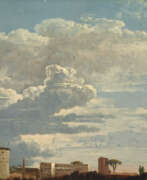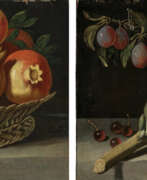Mannerism
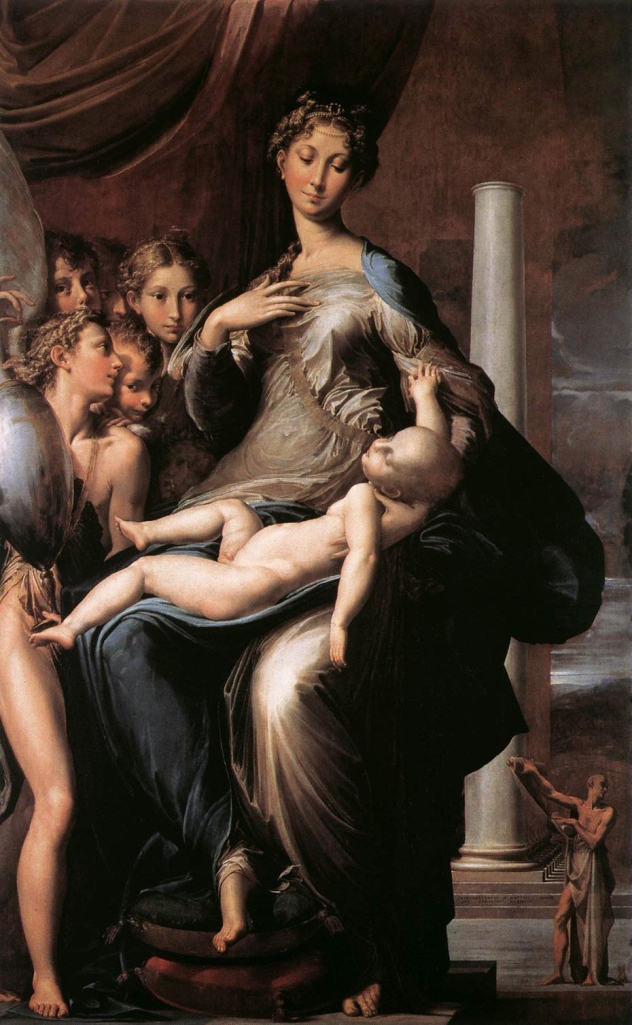
Mannerism
Mannerism, a distinctive art style and movement, flourished in Italy from the late High Renaissance's conclusion in the 1520s to the Baroque style's onset around 1590. This movement, born in Florence and Rome, eventually extended its influence across northern Italy and central and northern Europe. It was initially described as "Manierismo" in Italian, deriving from "maniera," meaning "manner" or "style".
A reaction against the High Renaissance's harmonious classicism and naturalism, Mannerism is renowned for its artificiality, sophisticated elegance, and the deliberate cultivation of a technical facility. Artists of this era, like Parmigianino and Bronzino, sought to challenge and reinterpret the established norms of art by introducing exaggerated proportions, distorted perspectives, and unnatural colors into their works.
Parmigianino's "Madonna with the Long Neck" (1535-1540) and Bronzino's "Eleanor of Toledo" (c. 1545) and "An Allegory with Venus and Cupid" (c. 1545) are exemplary Mannerist works, displaying the style's characteristic elongated limbs, small heads, and stylized, often bizarre poses. These features, alongside the sophisticated use of color and elaborate decoration, were the hallmarks of the Mannerist style. Such traits were not only a departure from Renaissance ideals but also a means to express movement and heighten drama.
Mannerism's influence extended to literature and music in the 16th and 17th centuries, showcasing its pervasive impact beyond visual arts. The movement has continued to fascinate art enthusiasts and historians, representing a significant, though often overshadowed, chapter in the history of European art.
For collectors, auctioneers, and experts in art and antiques, understanding Mannerism's nuances and its key figures can offer deeper insights into the transition from Renaissance to Baroque art. To stay updated on new product sales and auction events related to Mannerism, consider signing up for relevant updates. This subscription offers a direct line to the latest in this intriguing and pivotal art movement.
| Country: | Europe, France, Italy, Northern Europe |
|---|---|
| Start of the period: | 1520 |
| End of the period: | 1590 |
